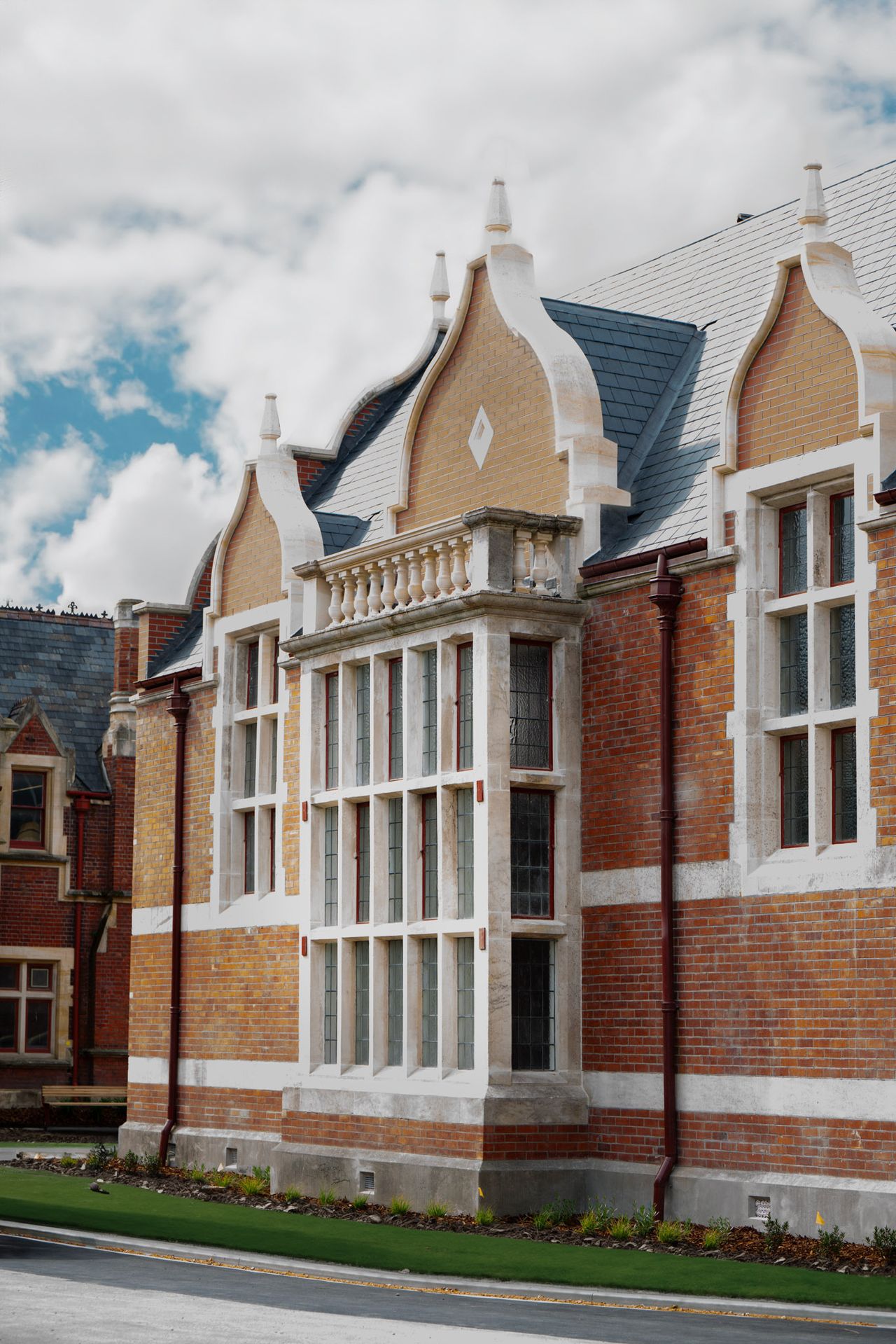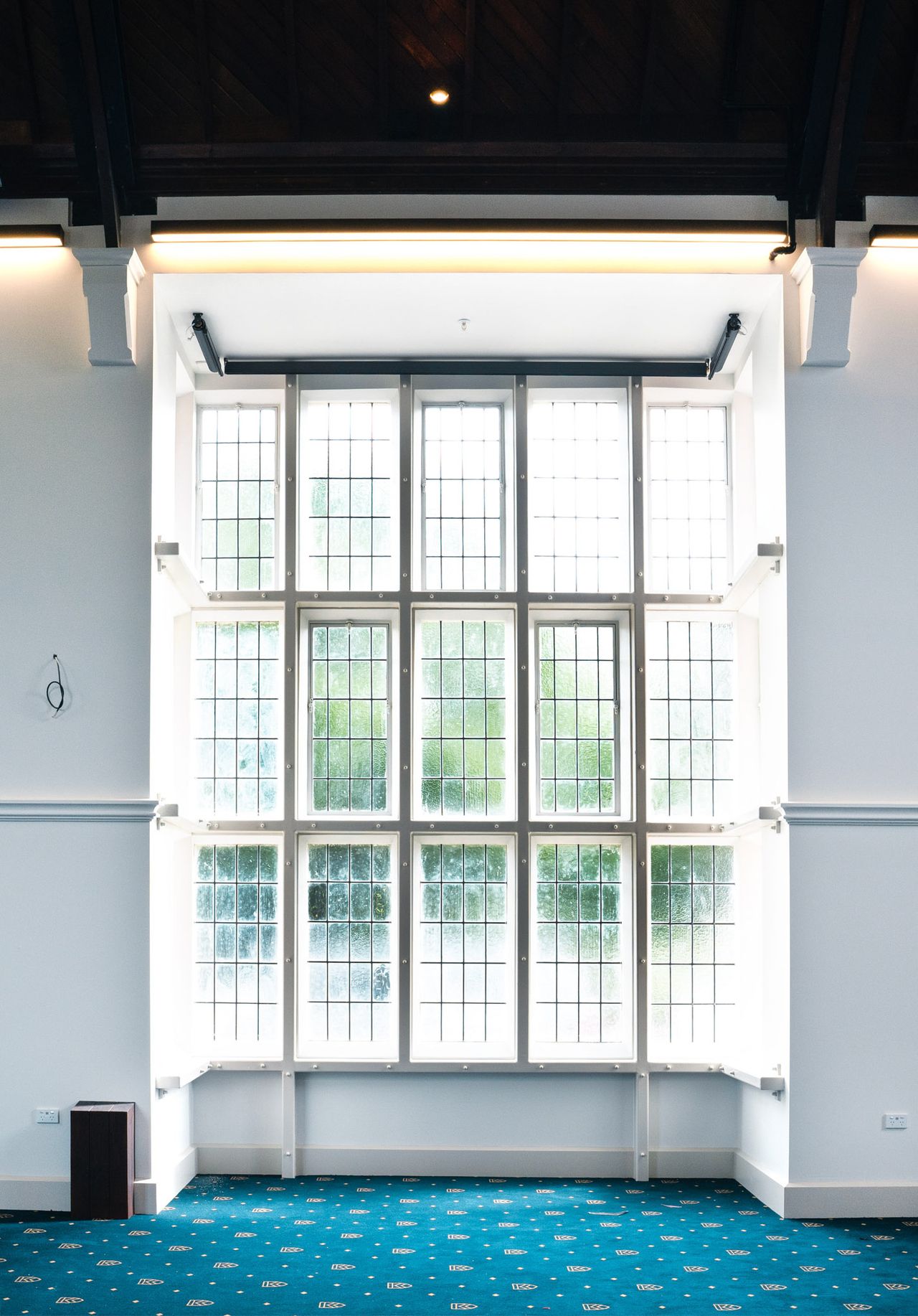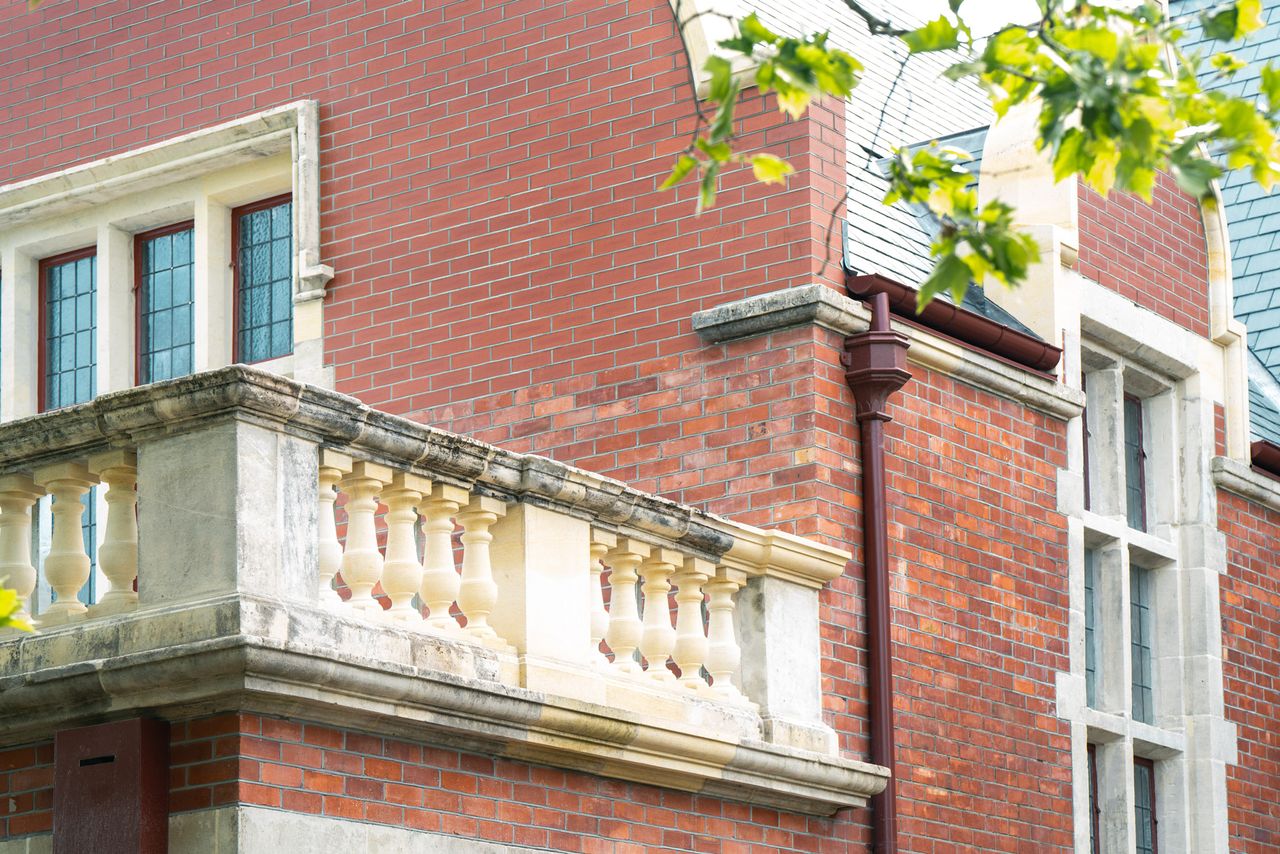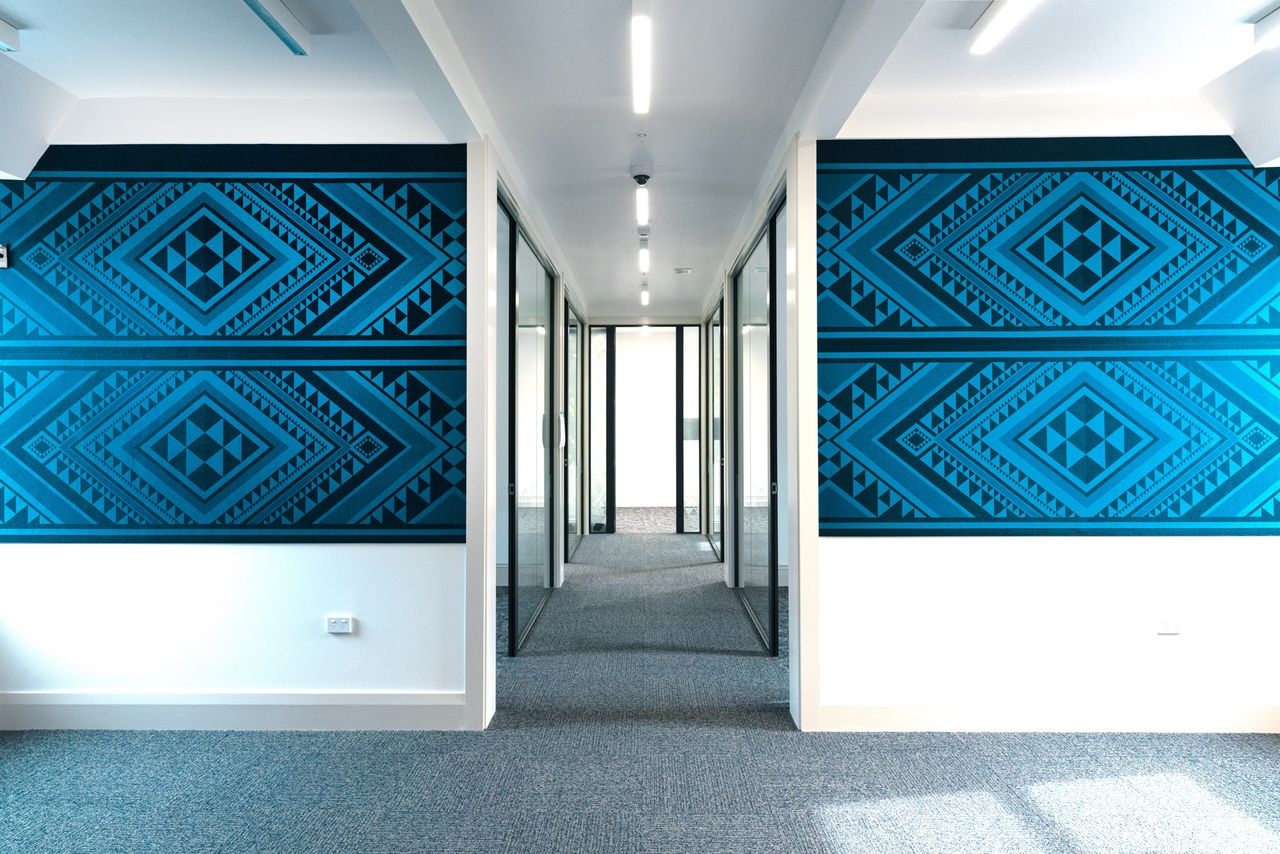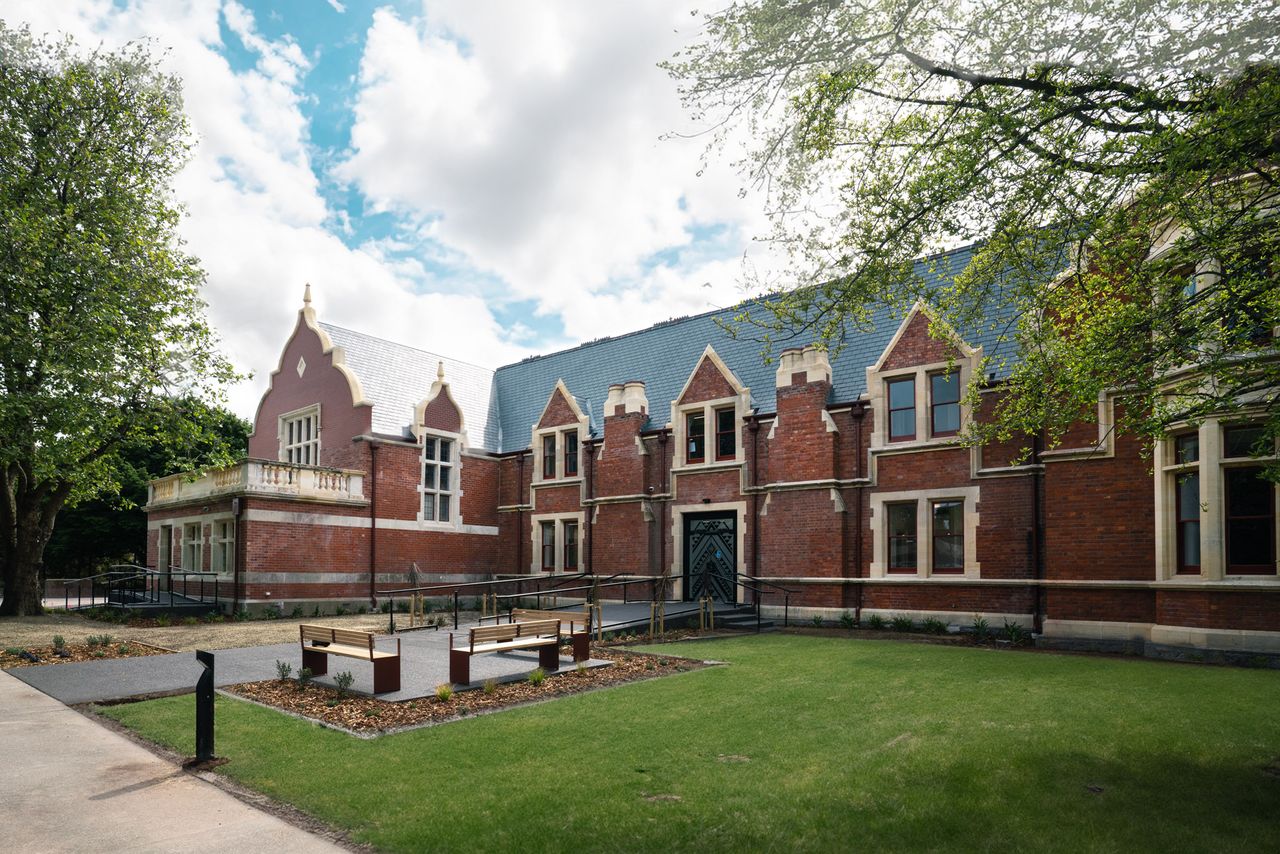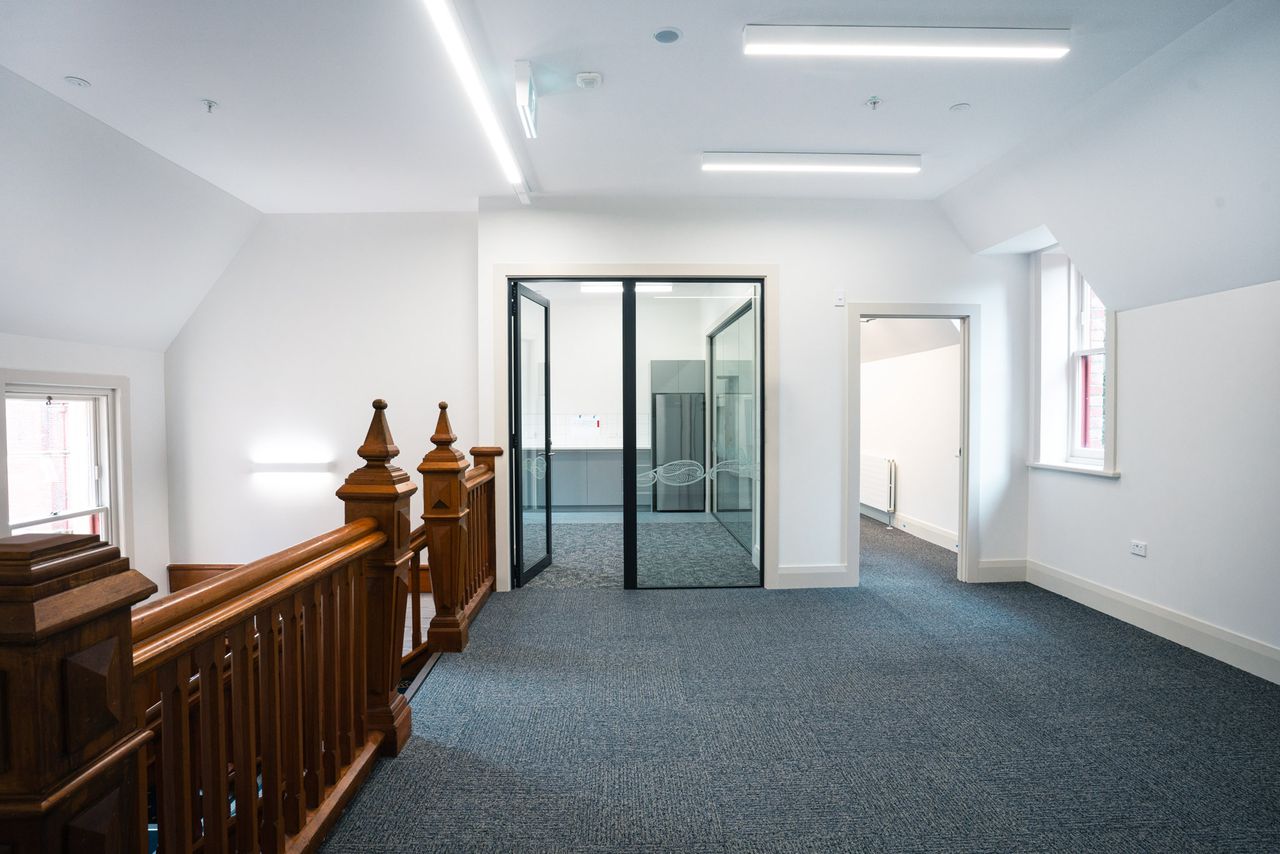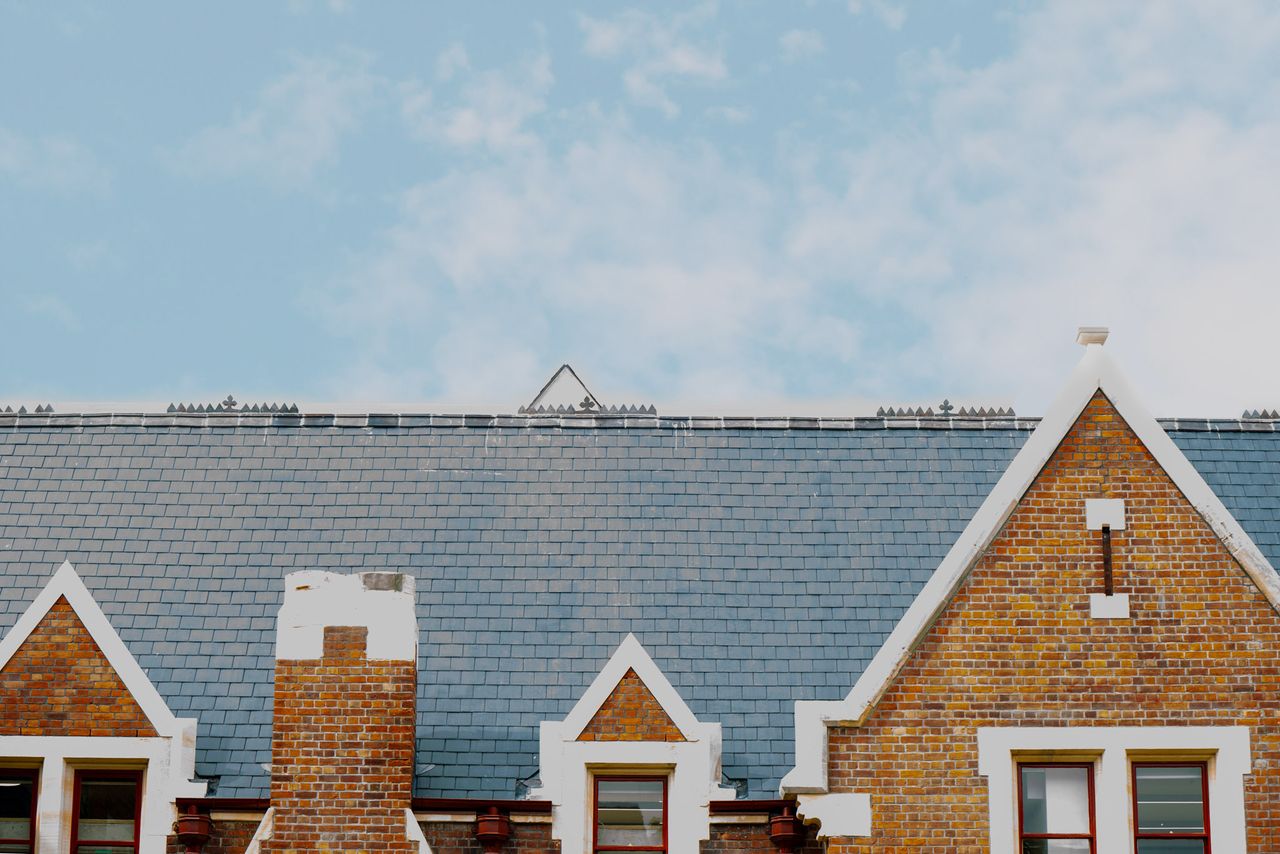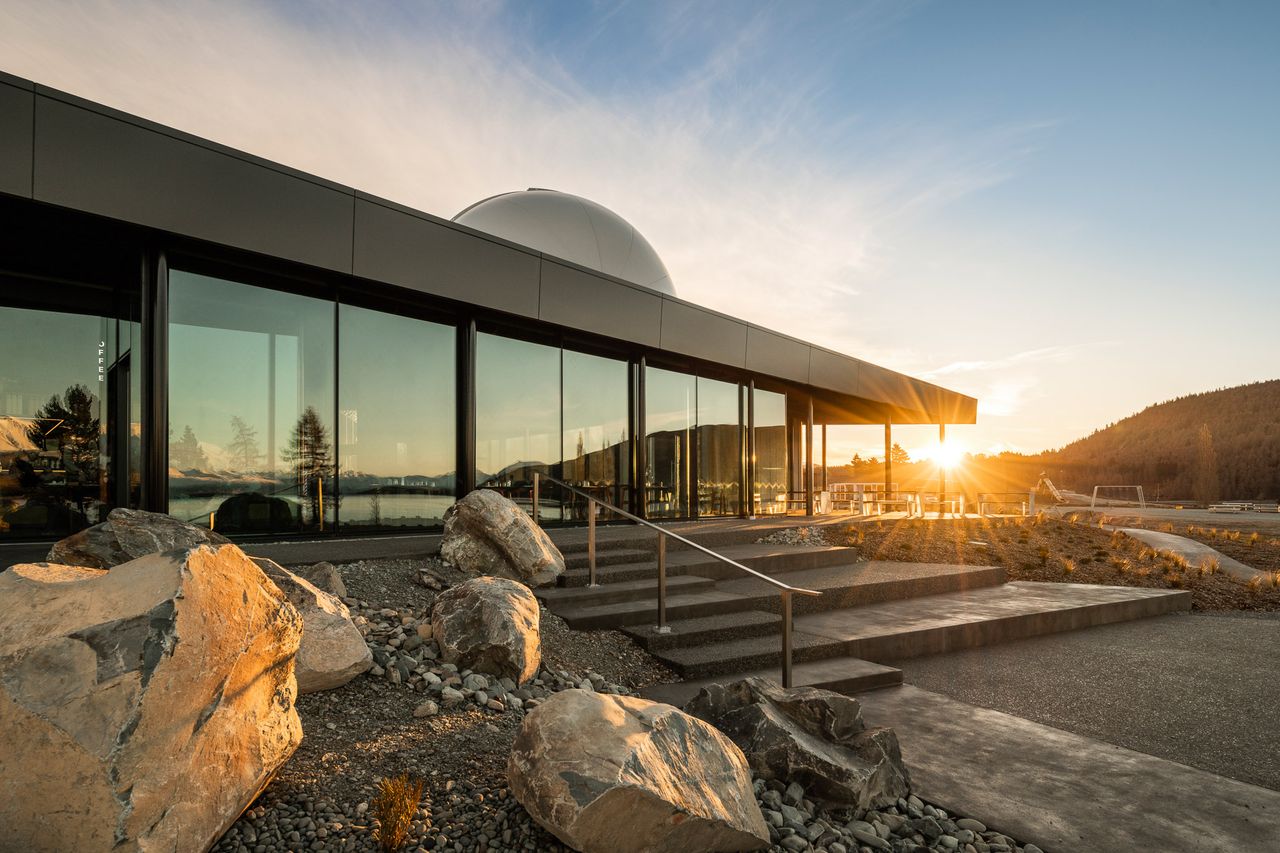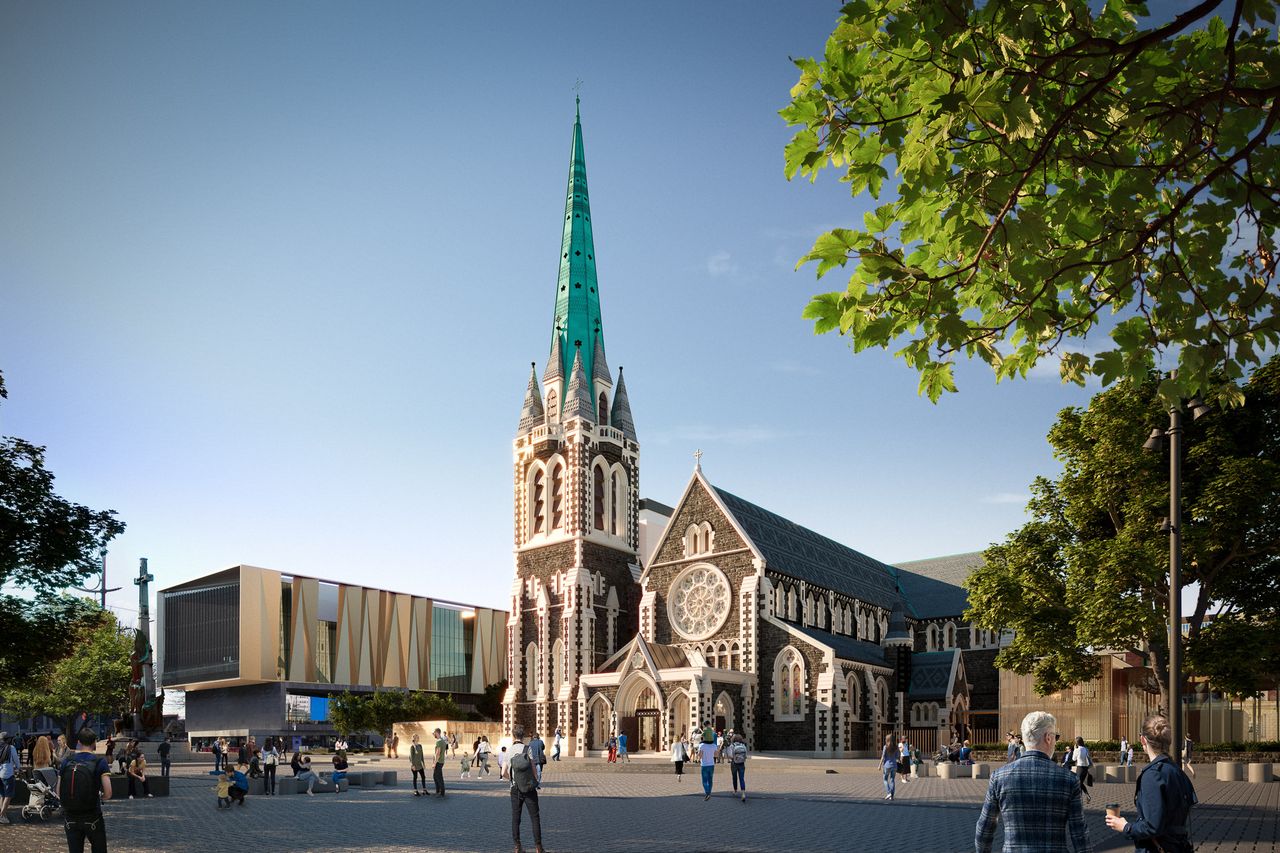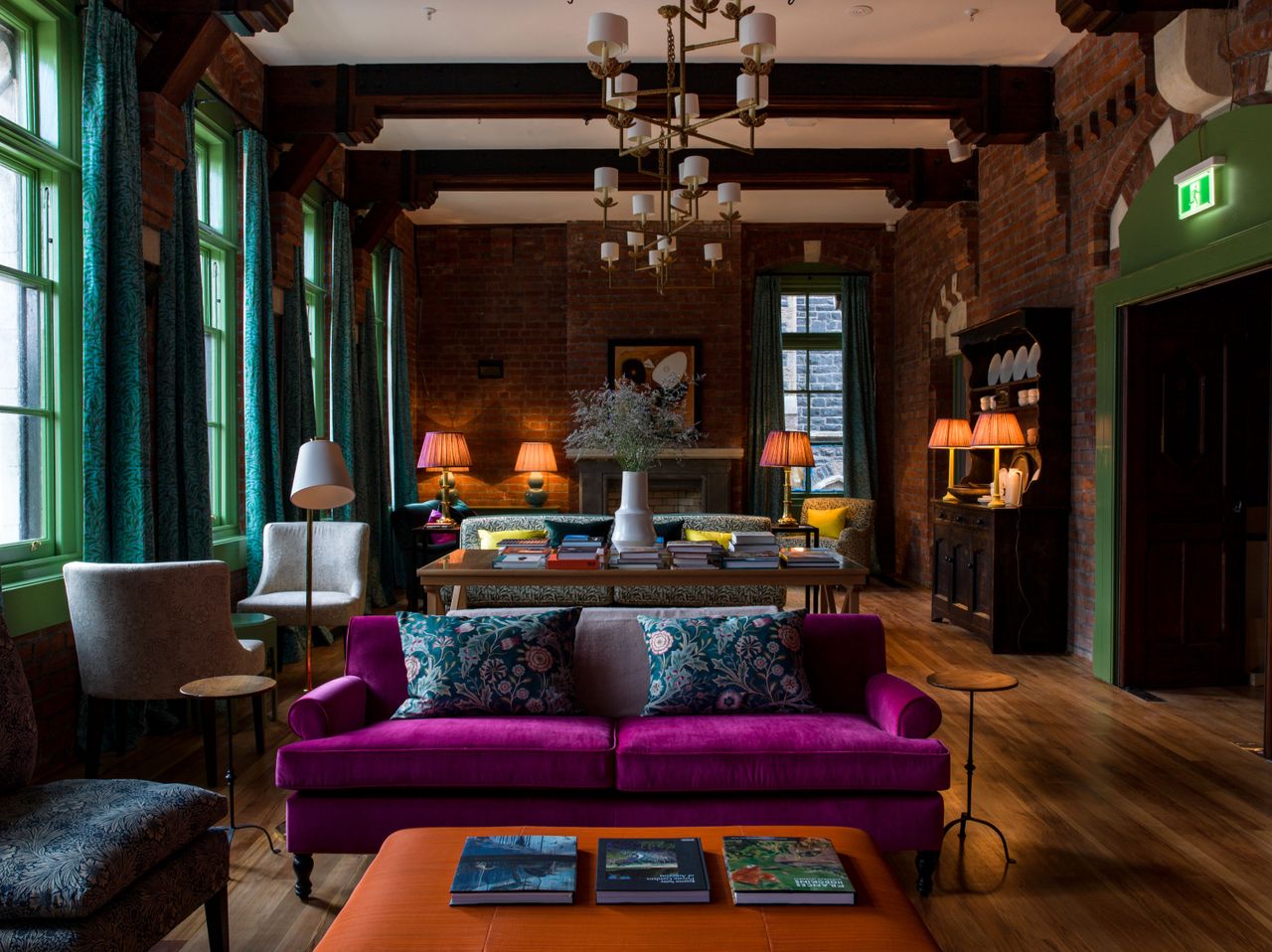Projects
Ivey West & Memorial Hall
Client
- Licoln University
Project Leads
Sector
Location
- Canterbury – West Coast
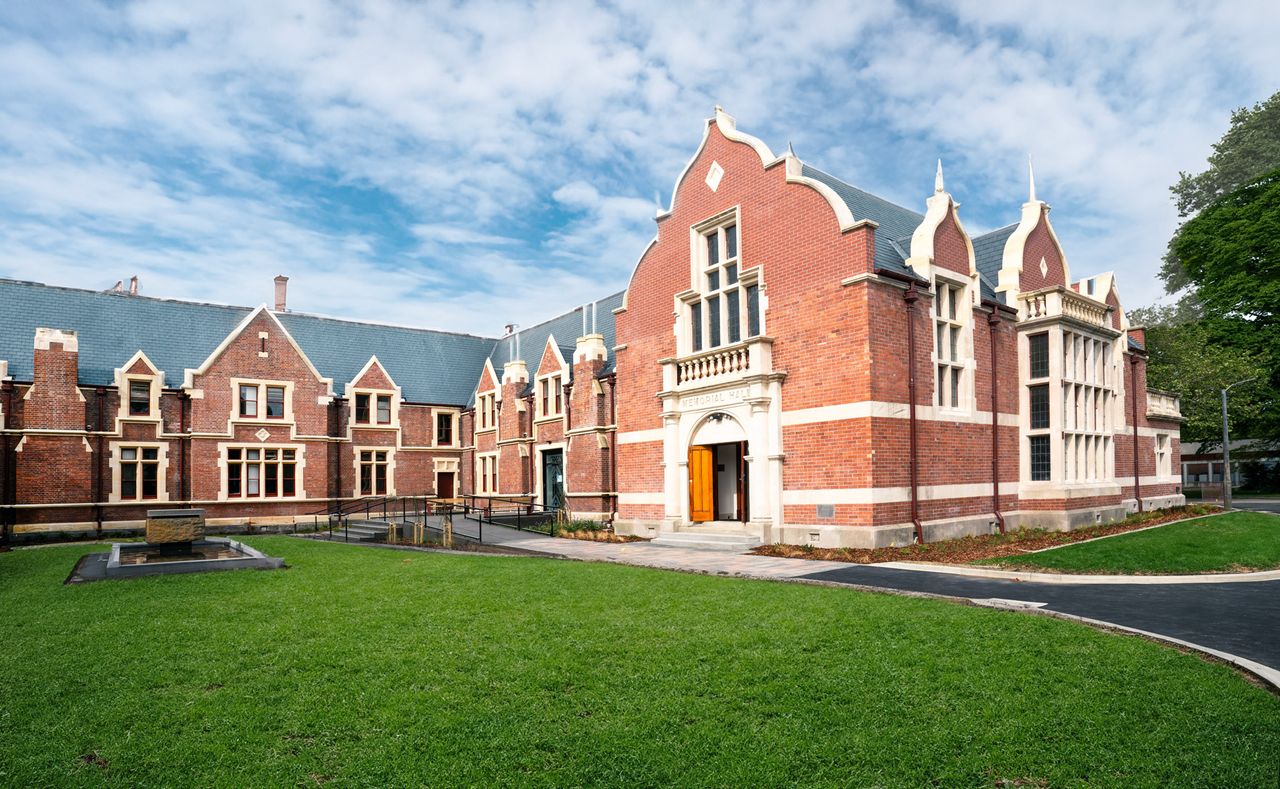
Restoring Legacy: The Revitalisation of Ivey West & Memorial Hall
Few structures carry the weight of history quite like Category 1 heritage-listed buildings. Ivey West and Memorial Hall at Lincoln University are two such buildings and have been at the heart of the university for over a century. Unfortunately, the 2010/2011 Canterbury earthquakes left them structurally compromised and unusable. Recognising their cultural and historical significance, Lincoln University committed to their restoration and adaptive reuse – a project that would not only strengthen the buildings but also reimagine their role on campus.
The redevelopment of Ivey West and Memorial Hall was a key component of Lincoln University’s Campus Masterplan, which aims to transform existing spaces into a cohesive, people-centred environment. The restored buildings now house the Vice-Chancellor’s Office, Senior Leadership Team, Te Manutaki, Alumni and Development Office, Strategic Communications, and Project Management Office, while Memorial Hall will be a multi-use space for meetings, conferences, and events including its new use as the university’s Council Chambers. With a strong emphasis on heritage preservation, sustainability, and seismic resilience, the project represented a careful balance between honouring the past and preparing for the future.
RCP was engaged as project manager, bringing its expertise in complex heritage restoration, seismic strengthening, and adaptive reuse. The team provided leadership across procurement, demolition, construction, and close-out, ensuring the university’s vision was realised while maintaining programme certainty, cost control, and risk mitigation. Early in the project, RCP facilitated a structural design review, leveraging insights from similar seismic restoration projects to enhance structural resilience while preserving historic character. The team’s experience on previous heritage projects helped them to foster strong relationships between the design team and the structural peer reviewer and provided opportunities to implement lessons learned, such as needing the design team to provide advice and guidance to the contractor for temporary works design.
The project was delivered in carefully planned phases, starting with early intrusive investigations to assess structural integrity and potential challenges. The design and consent process incorporated feedback from Heritage New Zealand, ensuring compliance with best-practice conservation principles. Construction was sequenced to accommodate the unique constraints of working within a busy university campus while minimising disruptions.
As with any heritage project, unforeseen challenges emerged. The discovery of additional asbestos contamination posed a programme delay, but RCP worked closely with contractors to implement staged demolition sequencing, keeping the overall timeline on track. Structural complexities, including damaged brickwork, borer infestations, and foundation alterations, required agile problem-solving. Through collaborative planning, the team helped navigate these challenges while ensuring the project remained financially sustainable and ultimately delivering the project under buSustainability was central to the restoration, with original materials – including rimu flooring, timber, and brickwork – salvaged and repurposed, significantly reducing the project’s carbon footprint. Structural upgrades have improved seismic resilience (60% NBS IL2), while new insulation and energy-efficient systems enhance performance. The design also integrates Māori cultural narratives, with Ngāi Tahu artist Morgan Darlison embedding storytelling into architectural elements.
Completed in October 2024, Ivey West and Memorial Hall are set to reclaim their place as central pillars of Lincoln University. The project is a testament to the power of adaptive reuse, showcasing how seismic strengthening and sustainability can coexist with heritage conservation. The buildings can now serve future generations of students, staff, and the wider community for another century.
